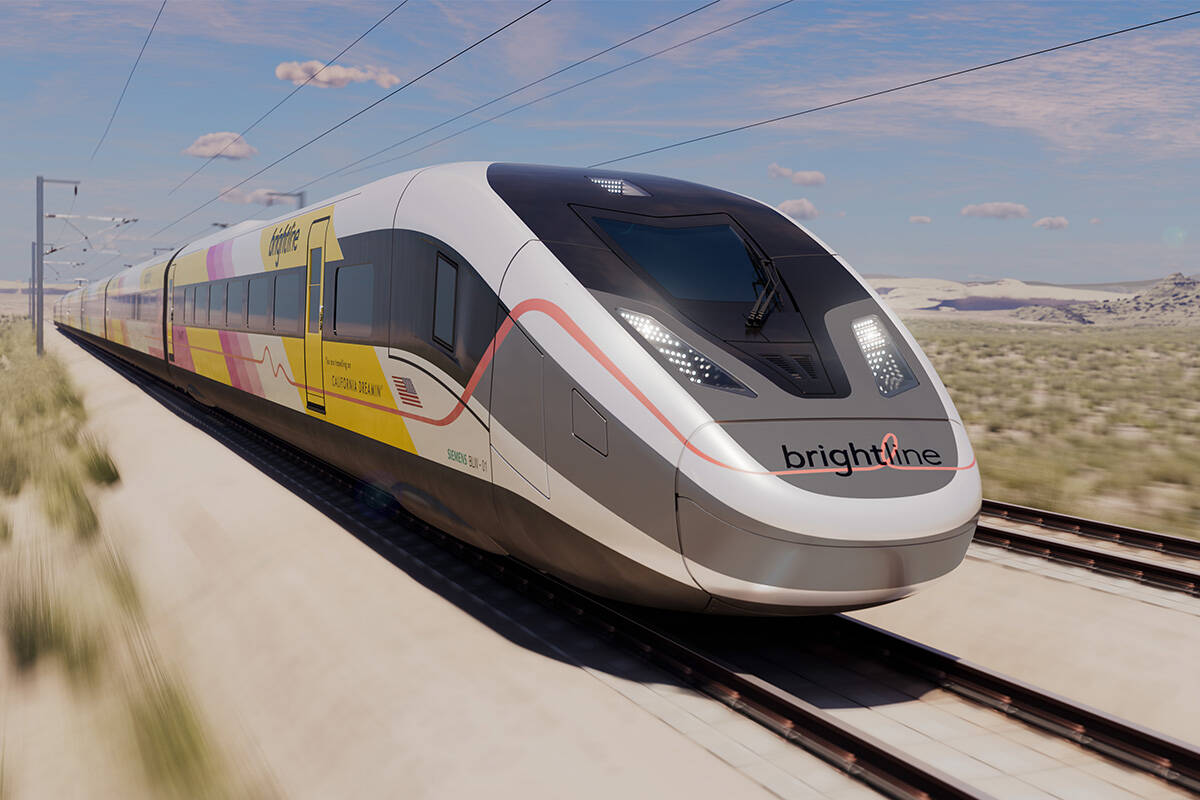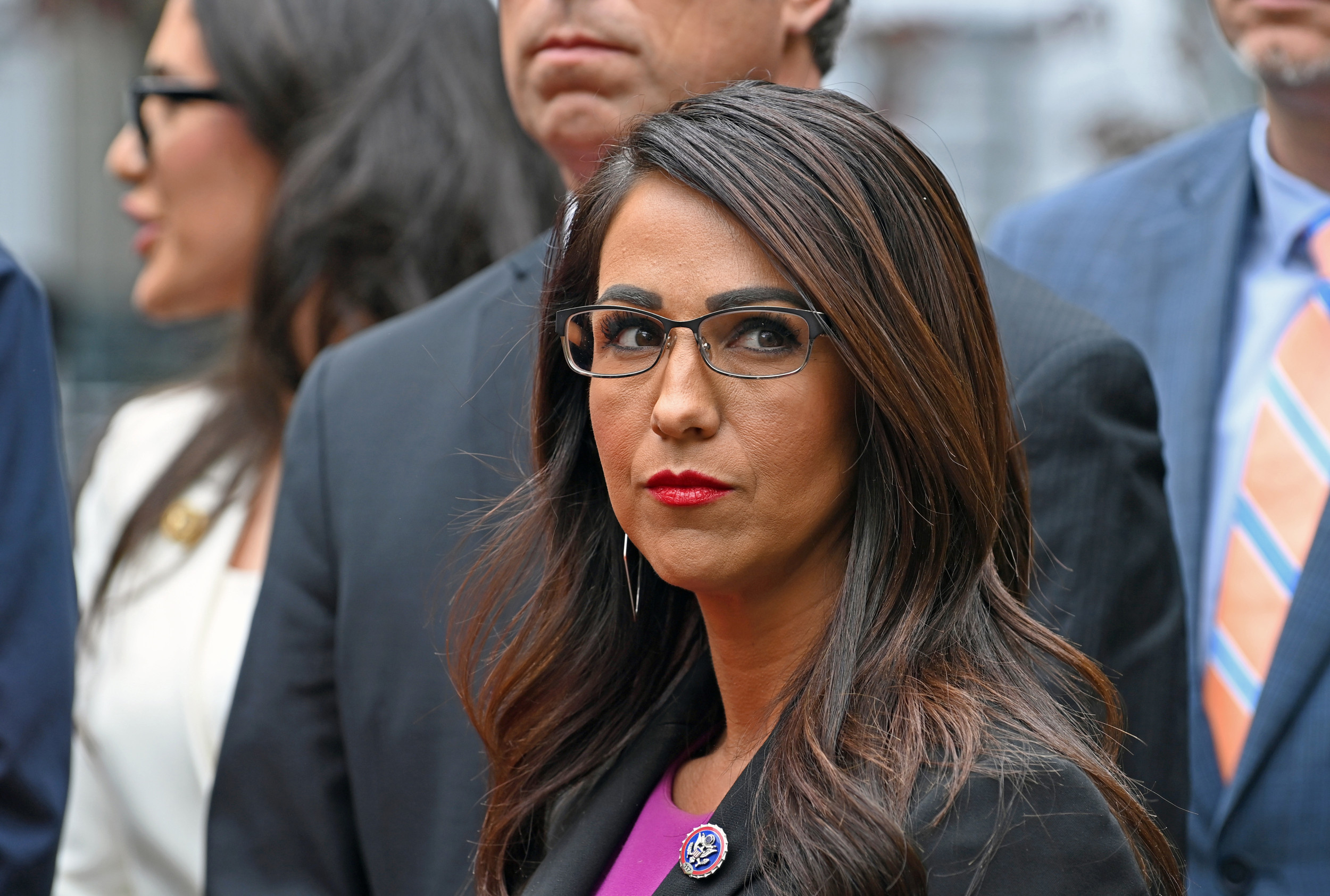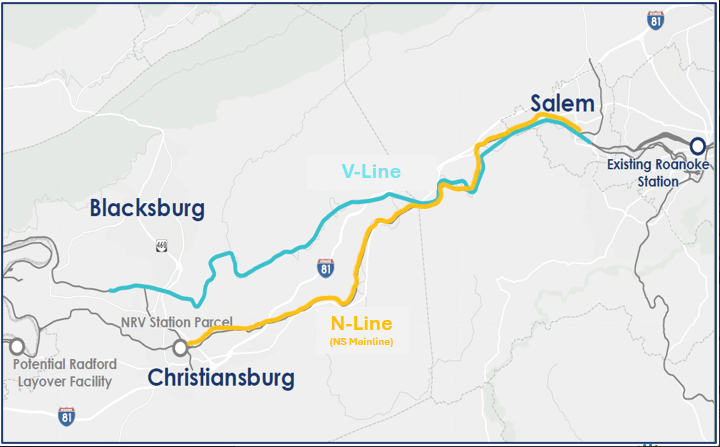TheRatmeister
Senior Member
- Joined
- Sep 23, 2023
- Messages
- 1,310
- Reaction score
- 2,508
They probably can now.Unless they can self-fund the $7.7B
They probably can now.Unless they can self-fund the $7.7B







Like Flagler’s railway, Brightline is, in truth, not just a train but also a real estate venture. The company has built, then sold, three towers on top of MiamiCentral and another next door, and also erected then sold an apartment complex near its station in West Palm Beach. West Palm and Boca have become boom towns for high-end development along a coastal corridor now serviced by Brightline.
In Las Vegas, Brightline West, as the Los Angeles-to-Vegas service is called, will arrive at a new terminal on the Strip where the company has purchased more than 100 acres it plans to develop.
“In hindsight,” Mr. Edens told me, “if I could do one thing again I would buy all the land around the stations.”
It is an interesting approach to funding where there is land available for development. But not every corridor in need of transportation funding is a developers' dream.
What’s So Hard About Building Trains?
In Florida, Brightline has proved that it can operate reliable, well-designed passenger trains that people want to ride. Can the public sector do the same?www.nytimes.com
The article gets into a lot more than just this, but it was a something I wanted to pull out because it is just so damn obvious as a part of the "how we fund transit" picture. We can't silo transportation and land use.
It's how we got our still excellent freight rail network. It's also how some prominent Asian rail systems do things. But as @JeffDowntown points out, lots of places where we need better/more rail are fairly built out already.The article gets into a lot more than just this, but it was a something I wanted to pull out because it is just so damn obvious as a part of the "how we fund transit" picture. We can't silo transportation and land use.
I certainly think the approach should be used where it makes sense.Totally! I don't meant to imply there's this one neat trick that solves all funding problems, if I may emphasize the "a part" part of my statement.
Even then, development is really just a more complicated way of capturing the land value add. We could just be taxing that directly.


North Texas is on the cusp of losing the only daily train that serves Fort Worth, Gainesville and Oklahoma points because the yearly funding for the train was stripped out of the Texas legislative budget.
[...]
Fighting to stay alive is not a new thing for the Heartland Flyer, which is a partnered service between the Texas and Oklahoma Departments of Transportation and operated by Amtrak crews. Every two years local and regional elected and appointed officials have fought for funding, sometimes getting a last-minute reprieve. Ridership continues to build post-pandemic. Last year ridership was up 14%.
Emphasis mine:Good quick read on transit inducement: Surprise! Frequency drives reliability + usage.
In Brampton, by contrast, core bus routes run as frequently as every five minutes, with express and local service, while even secondary routes typically run at least every half hour well into the late evening.
The upshot was 288% ridership growth from 2004 to 2018.
Today, the city’s about to break ground on a big light rail extension, but unlike many such projects, the bus route it will replace is already carrying more people than many long-running light rail lines.
U.S. Department of Transportation Secretary Sean P. Duffy today announced an agreement between the Federal Railroad Administration (FRA) and Amtrak to terminate the $63.9 million grant awarded to Amtrak under the Corridor Identification and Development (CID) Program for the Amtrak Texas High-Speed Rail Corridor previously known as the Texas Central Railway project. This project was originally announced as a purely private venture, but as the cost estimates dramatically ballooned, the Texas Central Railway proposal became dependent on Amtrak and federal dollars for development work. The project capital cost is now believed to be over $40 billion – making construction unrealistic and a risky venture for the taxpayer.
“I am pleased to announce that FRA and Amtrak are in agreement that underwriting this project is a waste of taxpayer funds and a distraction from Amtrak’s core mission of improving its existing subpar services,” said U.S. Transportation Secretary Sean P. Duffy. “The Texas Central Railway project was proposed as a private venture. If the private sector believes this project is feasible, they should carry the pre-construction work forward, rather than relying on Amtrak and the American taxpayer to bail them out. My department will continue to look for every opportunity to save federal dollars and prioritize efficiencies.”

Representative Lauren Boebert is urging the Department of Government Efficiency (DOGE) and the U.S. Department of Transportation (DOT) to reconsider federal funding for Colorado's proposed Front Range Passenger Rail, calling the billion-dollar plan costly and unwelcome in parts of her district.
In a letter addressed to DOT Secretary Sean Duffy and DOGE head Elon Musk, Boebert criticized the multibillion-dollar project for diverting federal resources that she said would provide little benefit to many Coloradans.



